Mercury’s mysteries, astronomy education and a new generation of X-ray science Understand article
Science in School is published by EIROforum, a collaboration between eight of Europe’s largest intergovernmental scientific research organisations (EIROs). This article reviews some of the latest news from the EIROs.
CERN: Catch cinnamon powder in a particle trap
CERN is synonymous with accelerators designed to boost subatomic particles to almost the speed of light. But to study a particle in detail, scientists must trap it and hold it in place for long enough to do so. To achieve this, CERN’s experiments use devices called particle traps, which suspend particles using electromagnetic fields.
Now, thanks to 3D-printing technology, you can build your own particle trap that works in a similar way – although not quite for subatomic particles – using an open-source design developed by the S’Cool LAB team at CERN. This home-scale particle trap is best suited for suspending particles such as ground cinnamon powder, which are slightly charged. Its design principles, however, have a lot in common with the larger devices used in particle physics laboratories.
At the heart of its design is an electric quadrupole, a configuration of positively and negatively charged electrodes. Electromagnetic fields are generated by connecting these electrodes to an AC power supply. The fields limit the direction in which the electrically charged particles can travel, trapping them in the middle.
Visit the S’Cool LAB website to learn more about their activities.
The CERN laboratory sits astride the Franco-Swiss border near Geneva, Switzerland. It is the world’s largest particle physics laboratory.
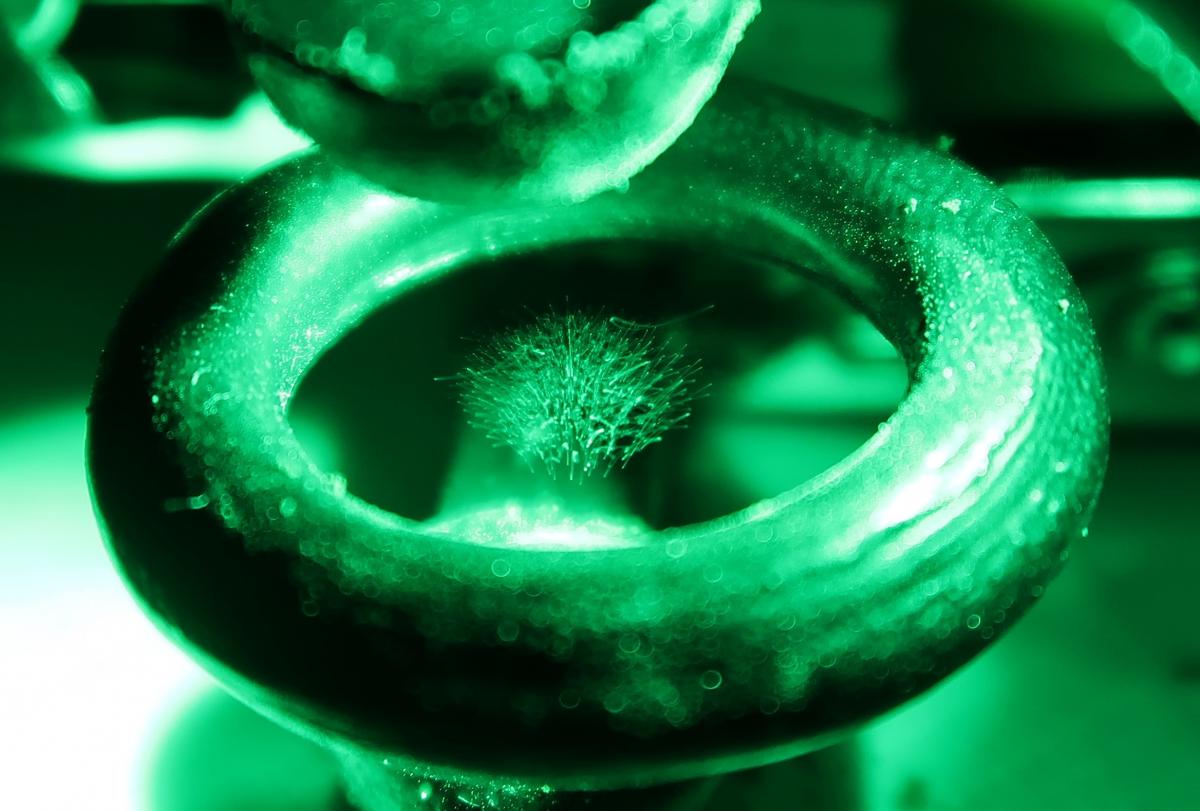
Janna Zoe Vischer/Julia Woithe/CERN
EMBL: Interactive protein map brings cell division to life
One of the fundamental processes of life is mitosis, whereby one cell divides to form two identical daughter cells. It is a complicated process that involves hundreds of proteins within the cell. For mitosis to happen successfully, the activities of all these proteins must be tightly coordinated. When it goes wrong, it can result in defects such as infertility and cancer.
Thanks to a new interactive map developed by scientists at the European Molecular Biology Laboratory (EMBL), it is now possible to track these mitotic proteins in real time. “Until now, individual labs have mostly been looking at single proteins in living cells”, says Jan Ellenberg, who led the project. “We are now able to take a systems approach and look at the bigger picture by studying the dynamic networks that many proteins form.”
The publicly available Mitotic Cell Atlas allows users to select any combination of proteins and see how they work together to drive cell division.
Use the Mitotic Cell Atlas to observe the proteins involved in mitosis.
EMBL is Europe’s leading laboratory for basic research in molecular biology, with its headquarters in Heidelberg, Germany.
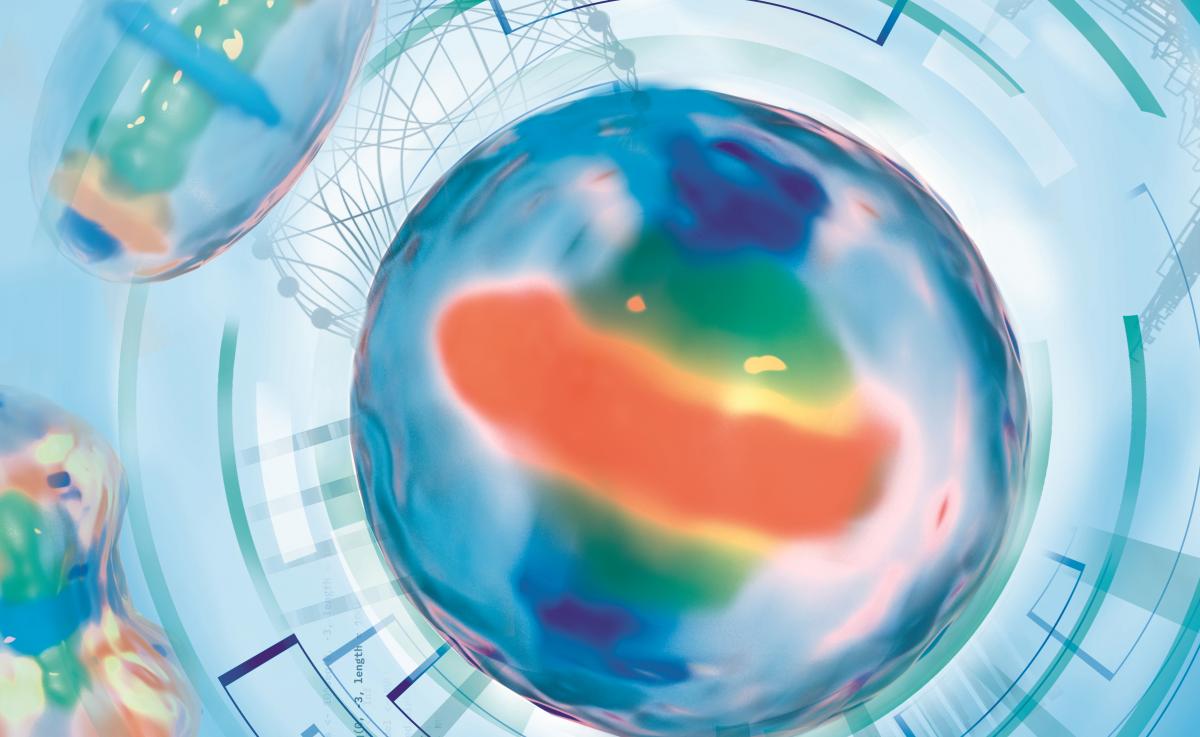
Aleksandra Krolik/EMBL
ESA: New space mission on the way to investigate Mercury’s mysteries
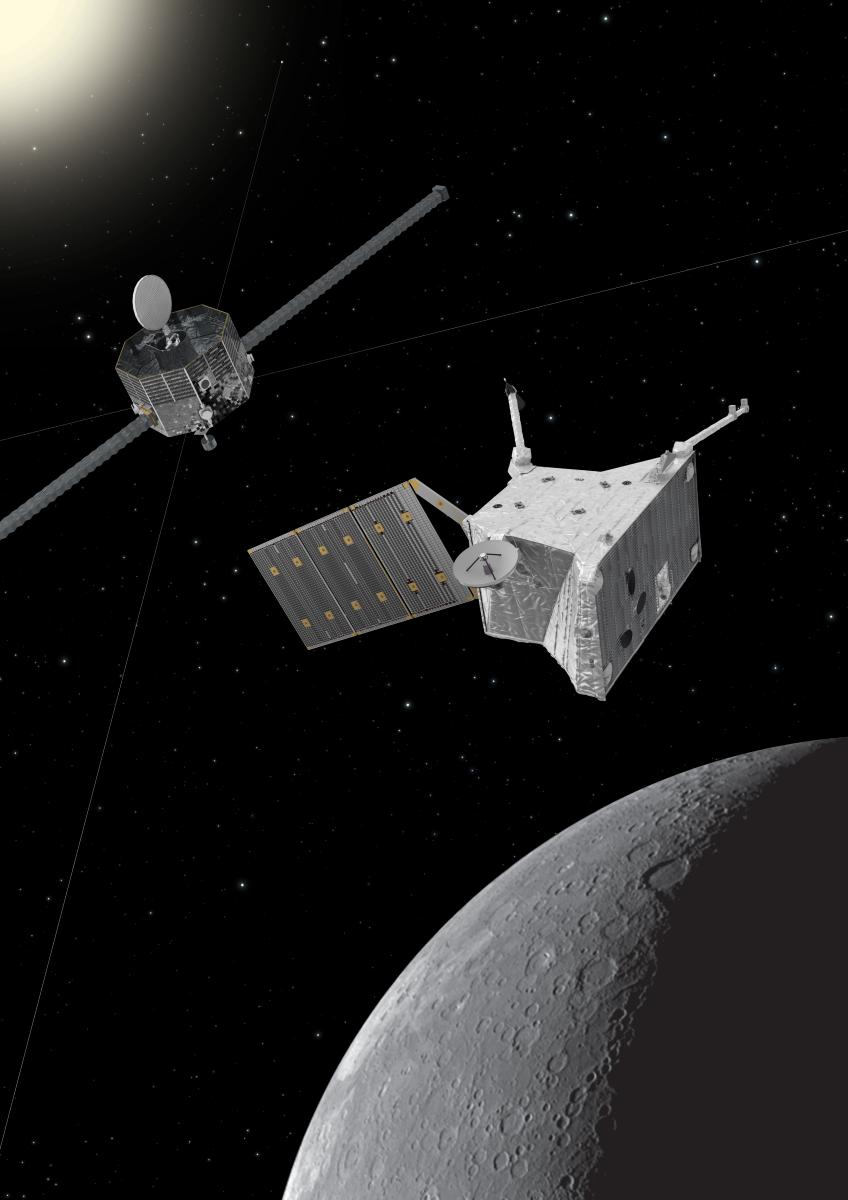
BepiColombo orbiting
Mercury
Spacecraft: ATG medialab/ESA;
Mercury: NASA/Johns Hopkins
University Applied Physics
Laboratory/Carnegie Institution
of Washington
Mercury is the smallest and least explored planet in the inner Solar System. Its proximity to the Sun makes it difficult for spacecraft to be placed into orbit around it, because of its extreme temperature and the Sun’s enormous gravity. In October 2018, however, the European Space Agency (ESA) and the Japan Aerospace Exploration Agency (JAXA) launched a new joint mission to uncover the mysteries of this enigmatic planet.
The BepiColombo mission is the first European mission to Mercury. Its first flyby will be of Earth, followed by two of Venus and six of Mercury, before entering orbit around Mercury in late 2025.
The two spacecraft that comprise BepiColombo will study Mercury in detail, including the structure and composition of its interior and exosphere, and the chemical composition of the planet’s surface. The spacecraft will also take images of the surface, to better understand the geological processes that have taken place and how the surface has been modified over time.
Follow the mission and find out more on the ESA website.
ESA is Europe’s gateway to space, with its headquarters in Paris, France.
ESO: Inspiring schools with astronomy
Since its opening in April 2018, the Supernova Planetarium and Visitor Centre at the European Southern Observatory (ESO) has welcomed over 60 000 visitors. Of those, more than 6000 have been school students of all ages from Austria, Denmark, Germany, Italy, Switzerland and the UK.
The centre’s education programme is free of charge for schools, and consists of age-appropriate activities including a tour of the interactive exhibition, a planetarium show and a hands-on workshop. A temporary exhibition entitled ‘Lasers, Light, Life’ will run until summer 2019. All materials and activities are available in German and English. In addition, since ESO staff come from more than 40 countries, programmes may sometimes be offered in other languages.
The Supernova Planetarium and Visitor Centre is also developing a teacher training programme, which will welcome its second group of science teachers in 2019.
Find out more about the education programme and how to make a booking by visiting the Supernova website.
If you are interested in arranging a teacher training workshop, email education@eso.org
ESO is the foremost intergovernmental astronomy organisation in Europe and the world’s most productive ground-based astronomical observatory, with its headquarters in Garching, near Munich in Germany, and its telescopes in Chile.
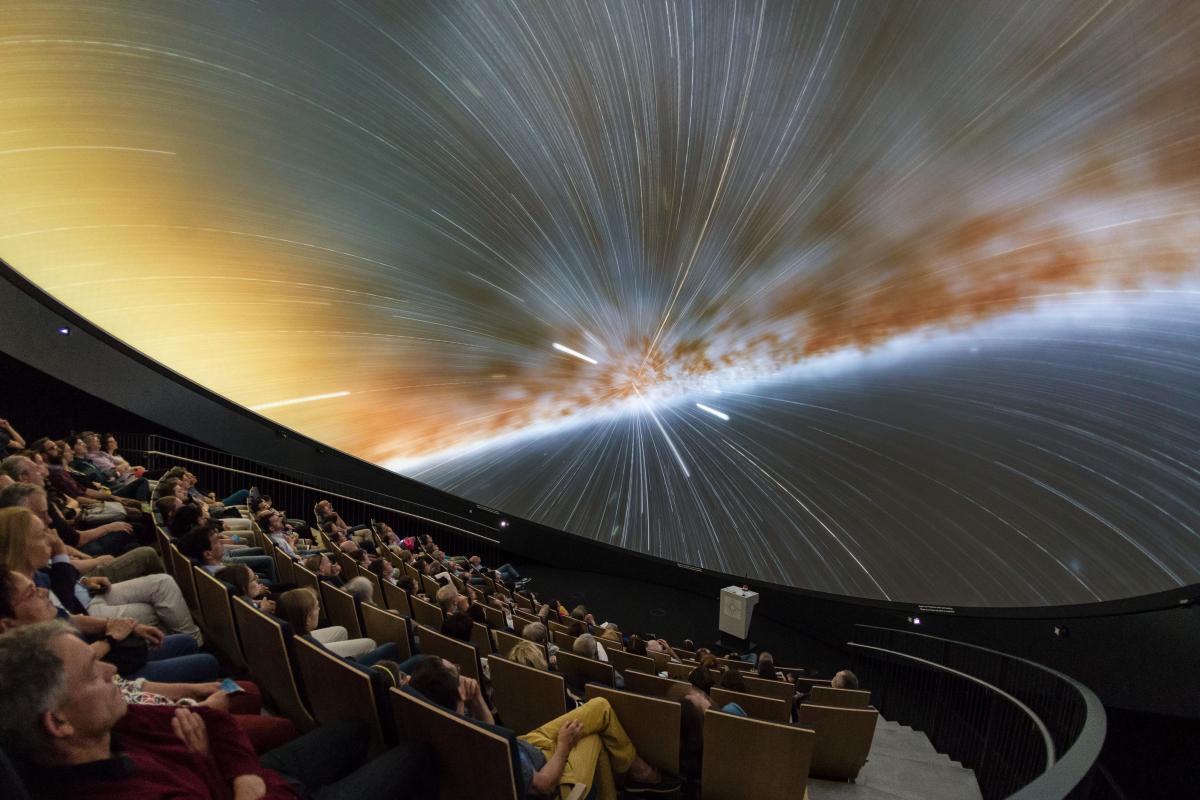
P Horálek/ESO
ESRF: Next-generation synchrotron to light up in 2020
In 1988, 11 European countries joined forces to create the world’s first third-generation synchrotron light source at the newly established European Synchrotron Radiation Facility (ESRF). Now, over 30 years later, the beam has been switched off for the last time, and its flagship storage ring will be dismantled to make way for a new synchrotron – the Extremely Brilliant Source (EBS).
Since its establishment, ESRF has broken records with its scientific output, publishing over 32 000 scientific papers and giving rise to four Nobel Prize laureates. And with EBS – the world’s first high-energy fourth-generation light source – ESRF will continue to lead the way.
EBS is a 150 million euro project funded by the 22 partner countries of ESRF. Opening to users in 2020, the new X-ray source will be 100 times brighter than before and will allow scientists to probe complex materials at the atomic level in greater detail.
Situated in Grenoble, France, ESRF operates the most powerful synchrotron radiation source in Europe.
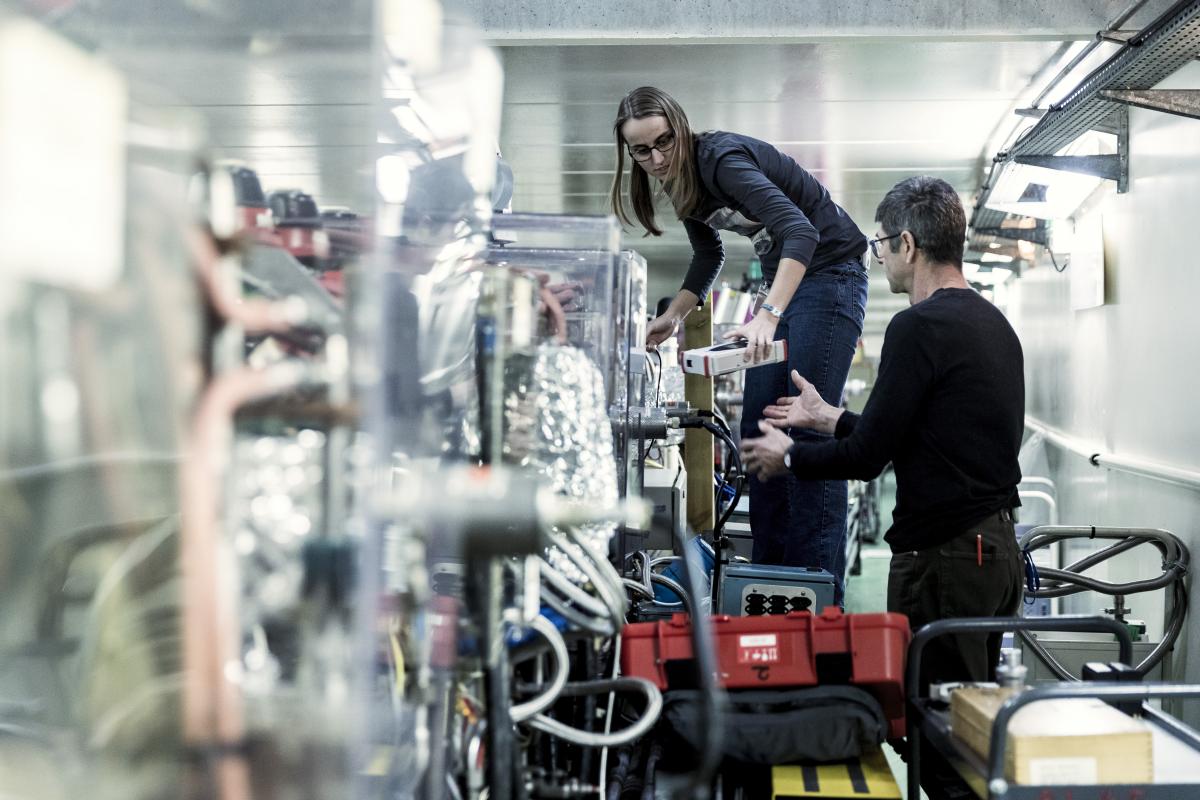
Stef Candé/ESRF
EUROfusion: On track to a steady state of plasma fusion
A stellarator is a fusion device that confines hot plasma using a complex configuration of magnetic fields. Just like its cousin, the tokamak, a stellarator is designed to harness the energy of fusion – the same process that powers the Sun and stars. The world’s largest stellarator is the Wendelstein 7-X, housed at the Max Planck Institute for Plasma Physics (IPP) in Greifswald, Germany.
Currently, fusion researchers are running experiments to see if the design of Wendelstein 7-X will be suitable for use in fusion power plants of the future. One important feature of the stellarator is that it is designed to maintain the fusion plasma at a steady state for longer than a tokamak. Researchers are aiming to sustain plasmas for 30 minutes in Wendelstein 7-X, and a series of experiments conducted in 2018 indicate that the device is well on its way to this goal.
The IPP is a consortium member of EUROfusion. Visit their website for more information on the experiments conducted in 2018.
EUROfusion manages and funds European fusion research activities, with the aim to realise fusion electricity. The consortium comprises 30 members from 26 European Union countries as well as Switzerland and Ukraine.
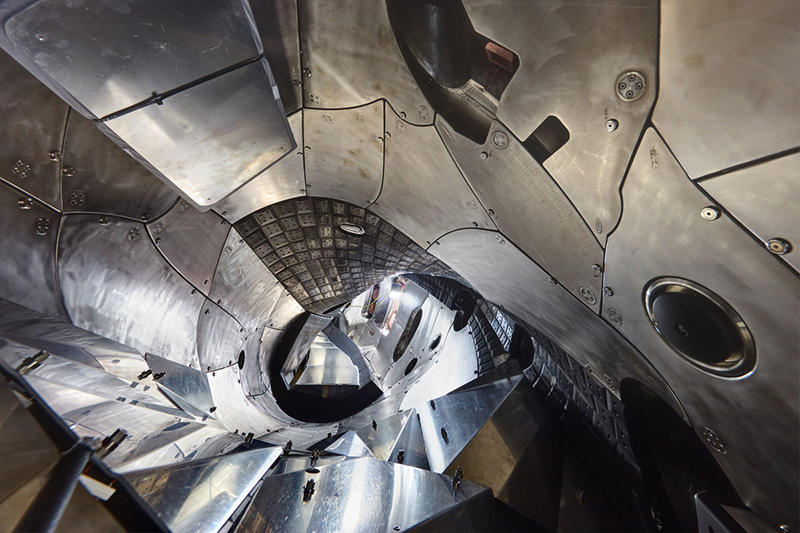
Bernhard Ludewig/IPP
European XFEL: Bringing new experiment stations to the X-ray light
Scientists, engineers and technicians at the European X-Ray Free-Electron Laser (European XFEL) have been working hard to open more experiment stations at the facility, where researchers can use new instruments to perform experiments using pulses of X-ray laser light.
In November and December 2018, two new experiment stations – SCS and SQS – hosted their first users. These instruments use longer-wavelength ‘soft’ X-rays to probe samples, allowing scientists to study characteristics such as magnetism and the fundamentals of chemical bond formation. They join two other operational stations (SPB/SFX and FXE), which opened in the underground experimental hall in late 2017.
Scientists are now busy preparing the last two of six initially planned experiment stations for user operation in early 2019. These will include instruments for studying materials science and extreme states of matter. Once all six stations are in place, scientists will continue to discuss constructing additional stations in the experiment hall.
European XFEL is a research facility in the Hamburg area of Germany. Its extremely intense X-ray flashes are used by researchers from all over the world.
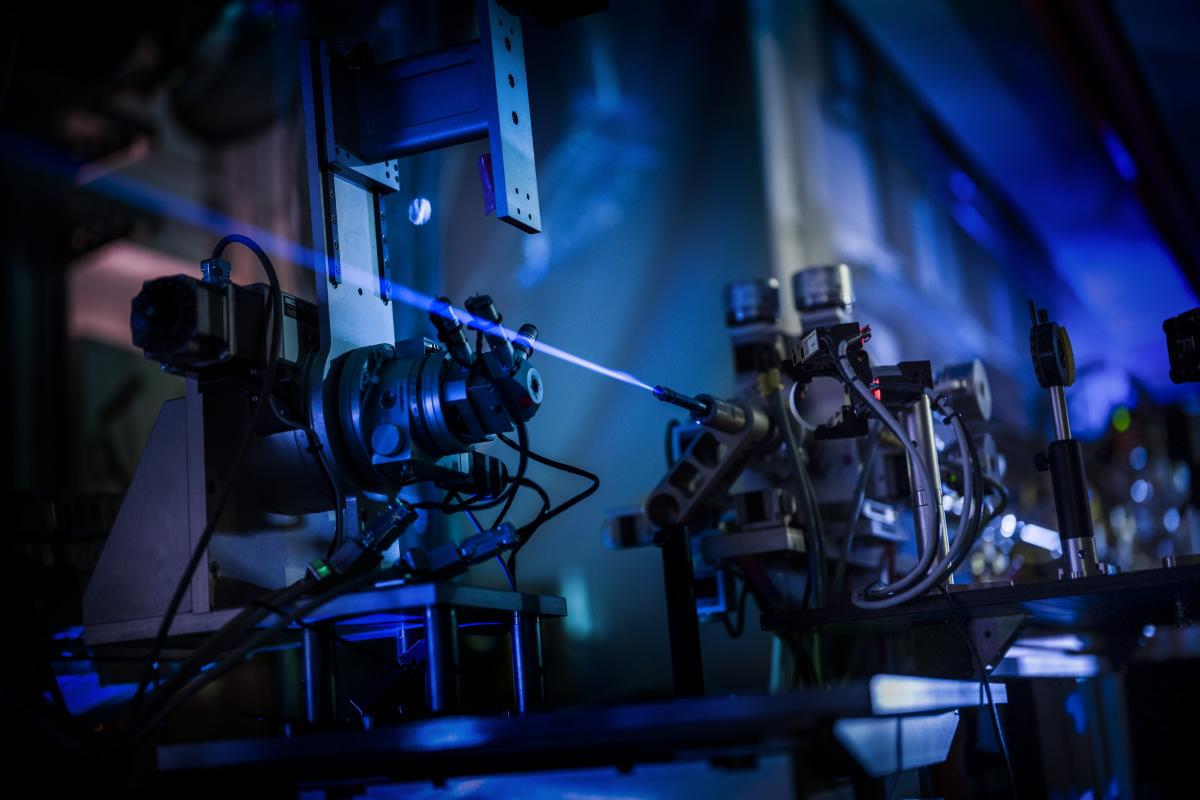
Jan Hosan/European XFEL
ILL: Neutrons unlock the secrets of limoncello
If you’re looking for a liquid to study with neutron scattering, lemon liqueur probably isn’t your first thought. But for Dr Leonardo Chiappisi – a researcher from Sicily, Italy – it was an obvious choice.
Limoncello is among a group of liqueurs that show a reaction known as the ‘ouzo effect’. These liqueurs are normally clear, but they turn milky and opaque when water is added. The reason is due to their mix of alcohol, oil and water. To understand this effect, Dr Chiappisi used neutron scattering at the Institut Laue Langevin (ILL) to look at the molecular structure of this popular Italian liqueur.
The results showed that limoncello is formed from tiny oil droplets, around 100 nanometres in radius, suspended in an alcohol-water mix. Although oil and water usually repel each other, the alcohol in the limoncello keeps the oil and water together in an emulsion. It is this property that interests the chemical industry, and Dr Chiappisi hopes his study will help with the development of surfactant-free emulsions in the future.
To learn more about the study, visit the ILL website.
Based in Grenoble, France, ILL is an international research centre at the leading edge of neutron science and technology.
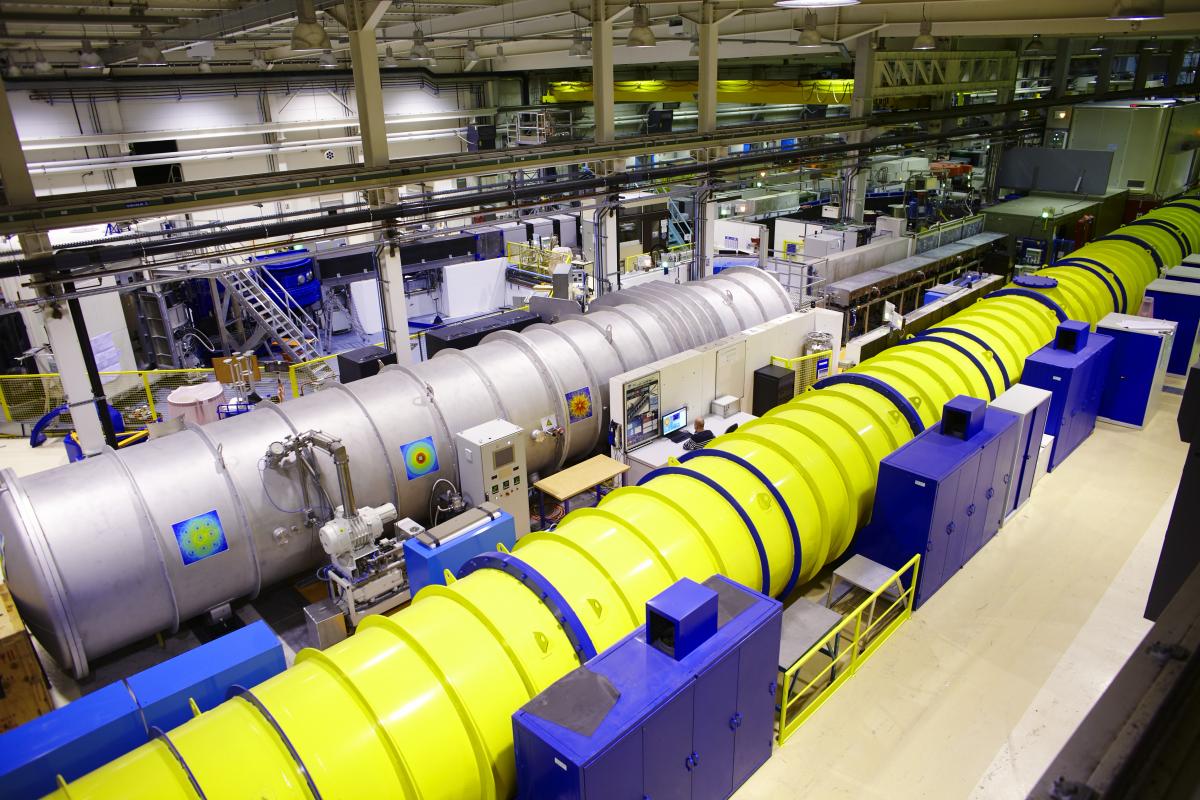
A Chezière/ILL
EIROforum
EIROforum combines the resources, facilities and expertise of its member organisations to support European science in reaching its full potential.
To learn more, see a list of EIROforum-related articles in Science in School or browse the other EIRO news articles.






